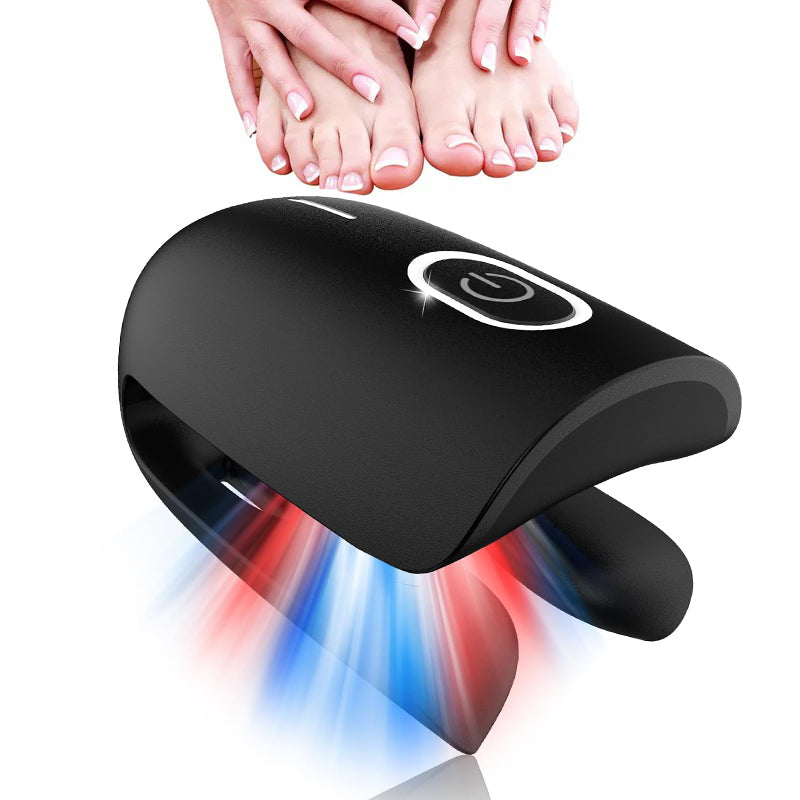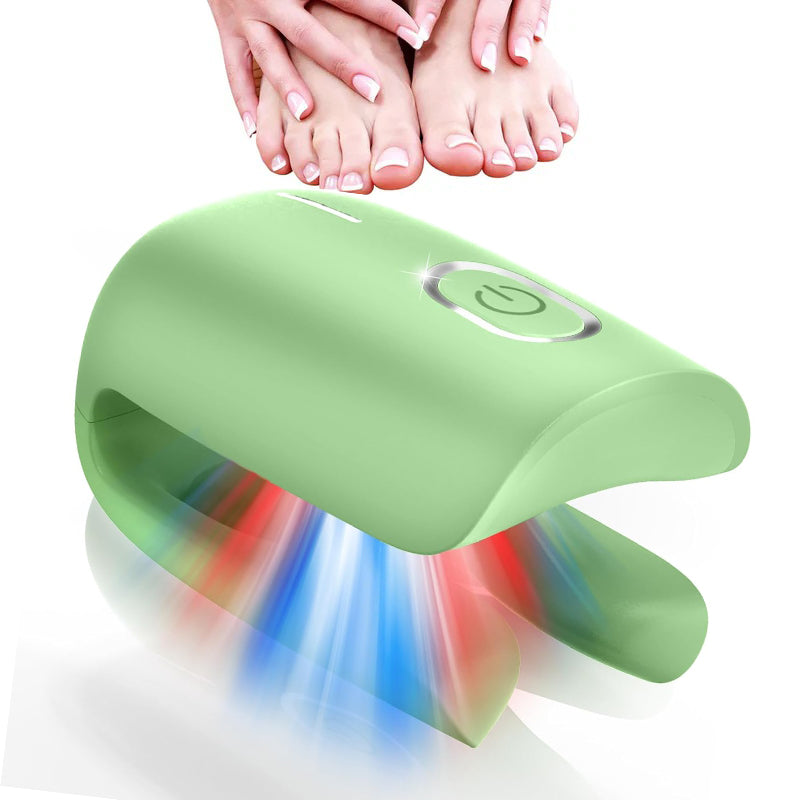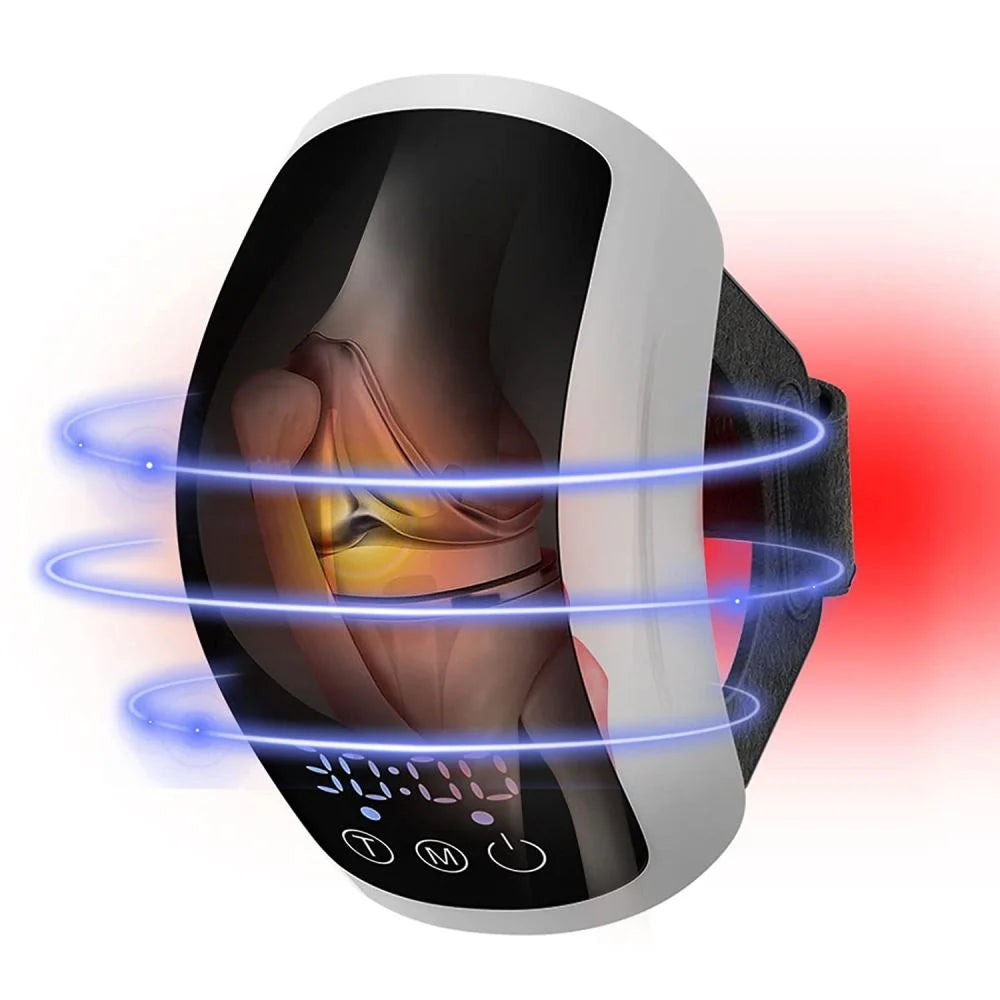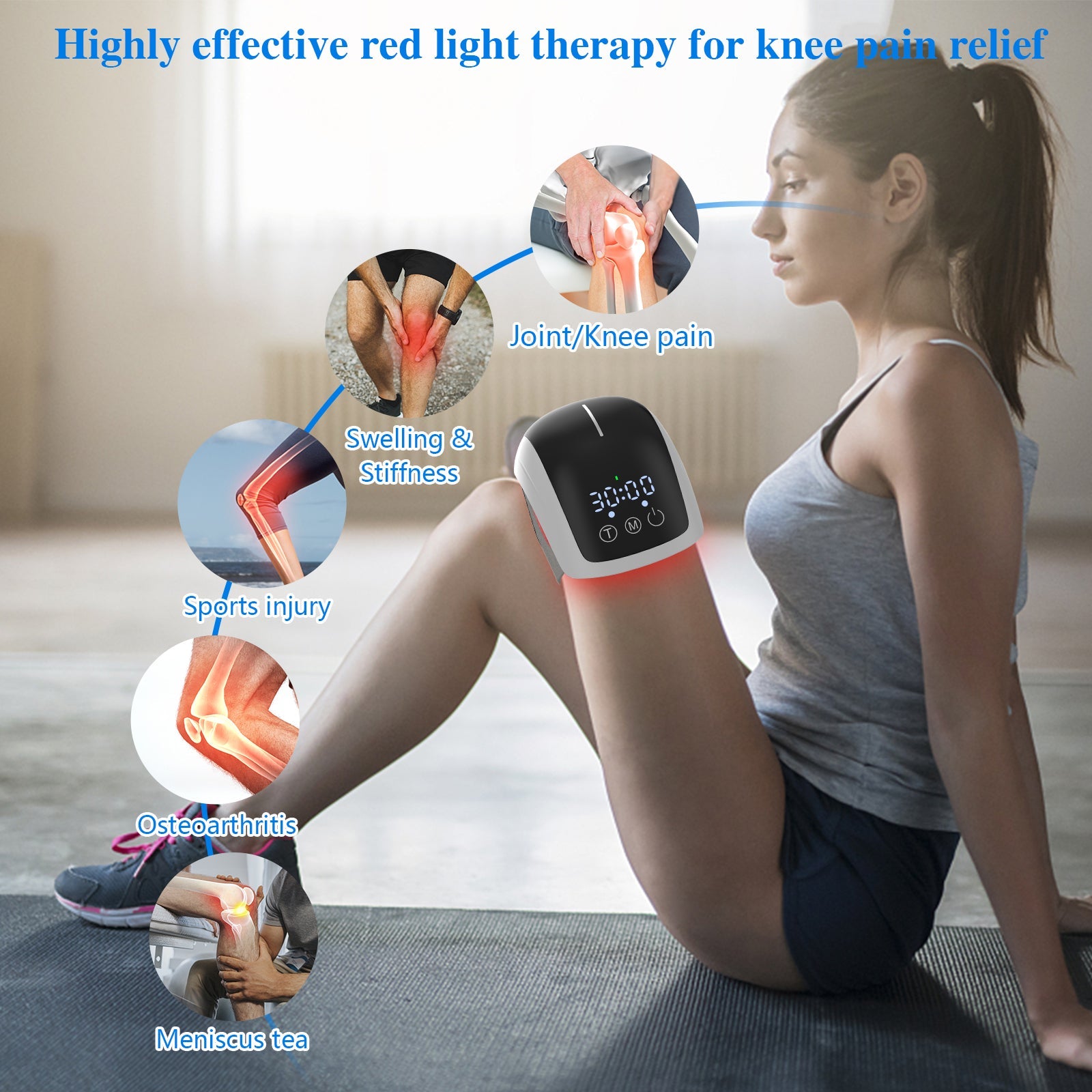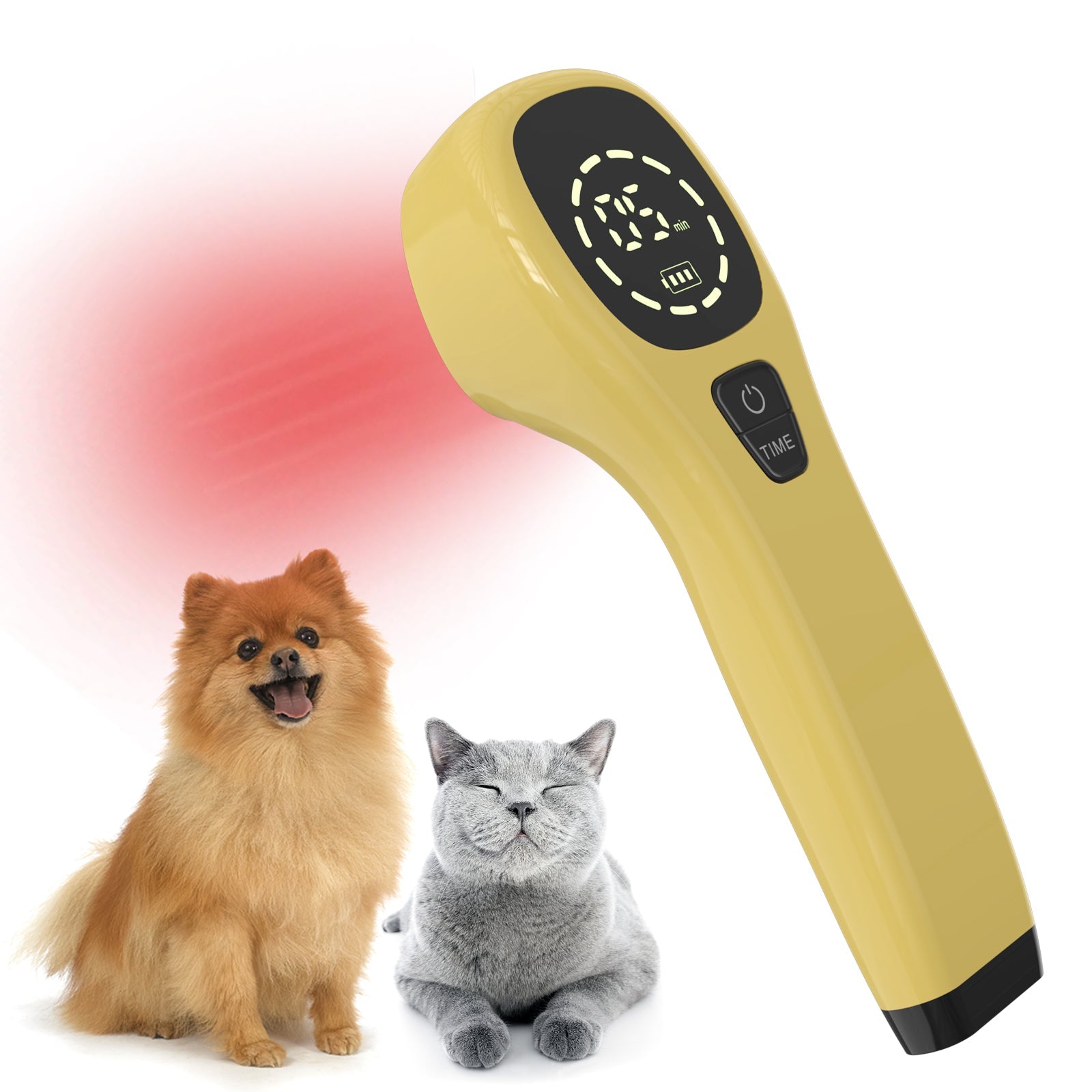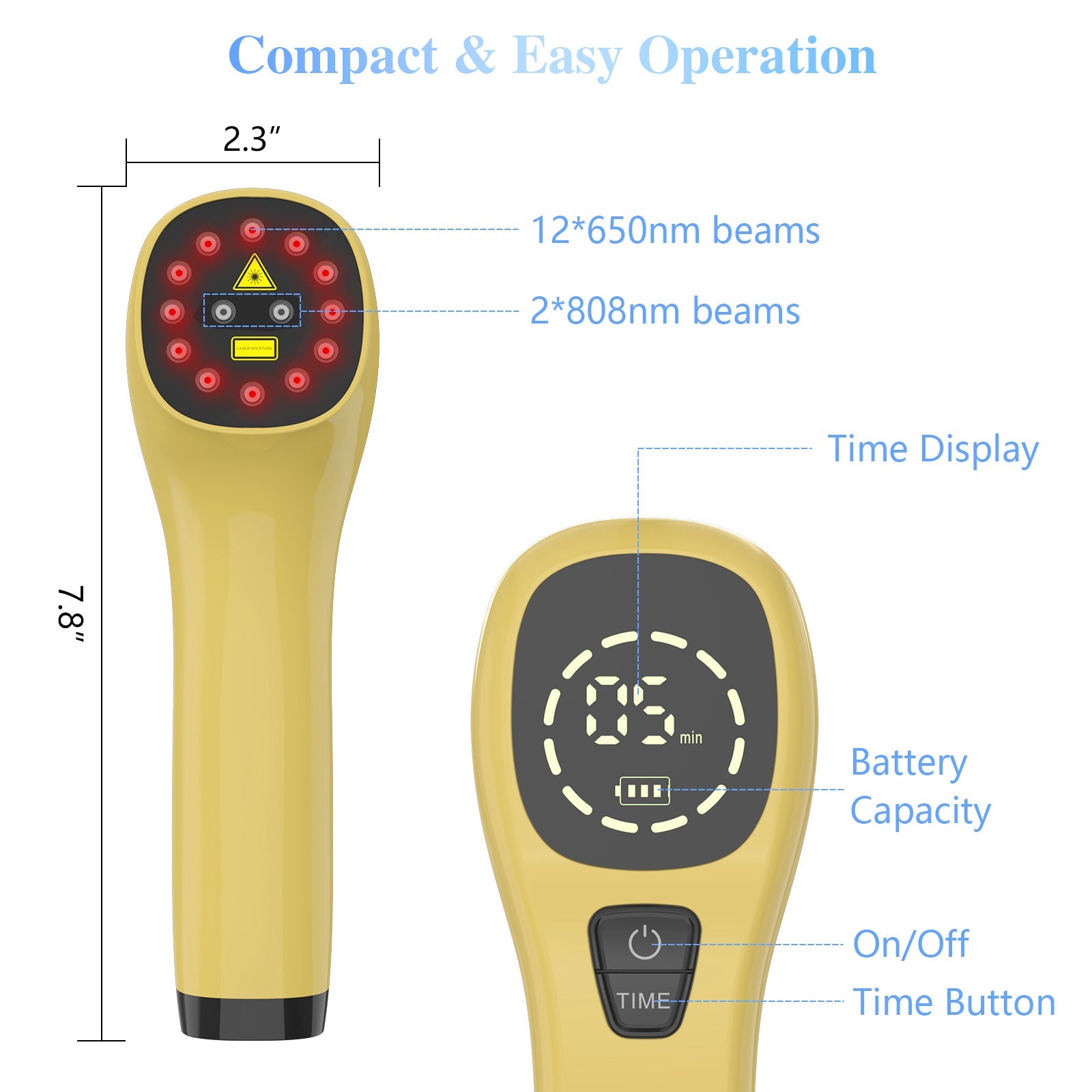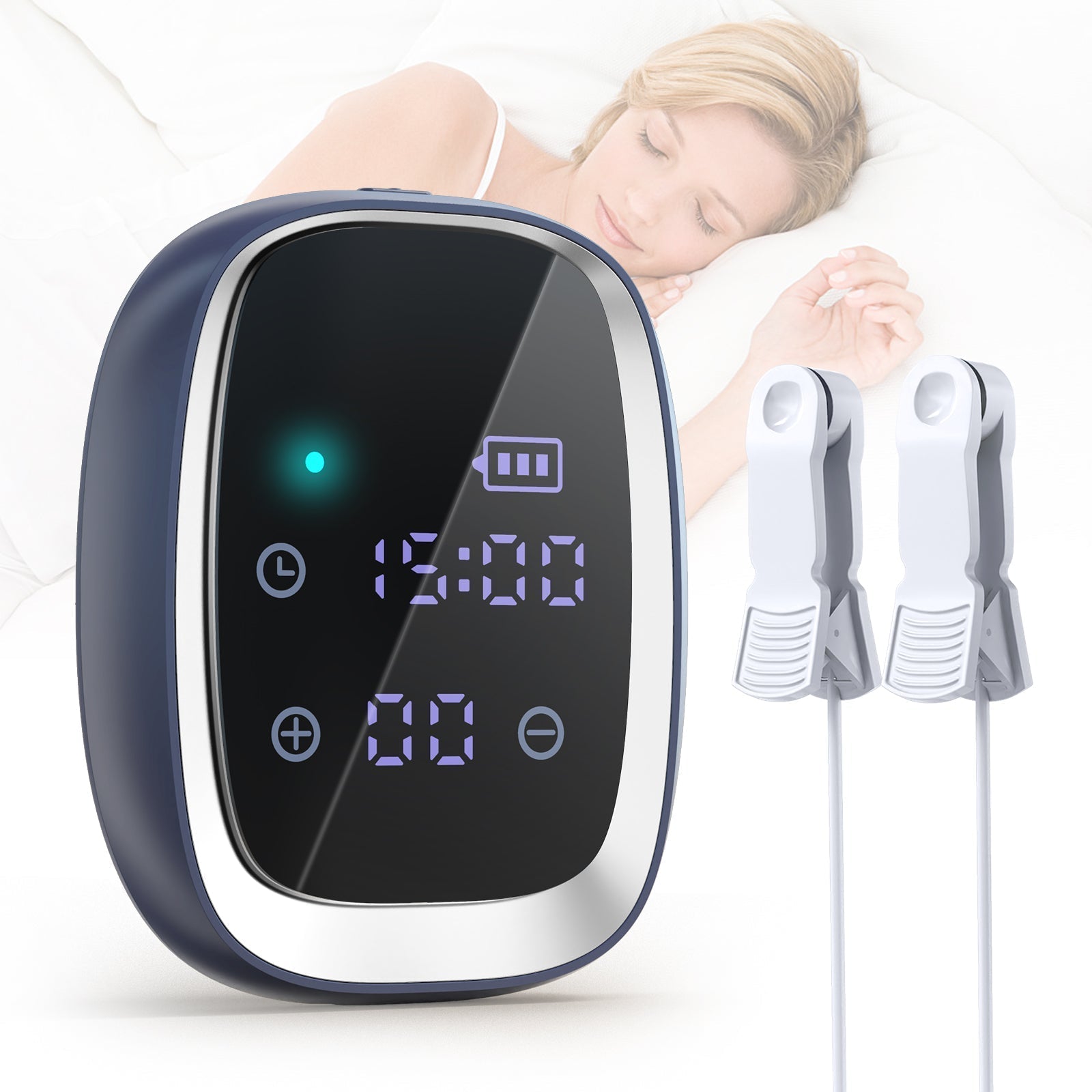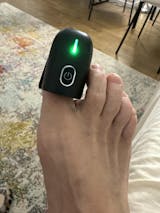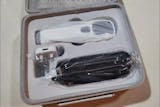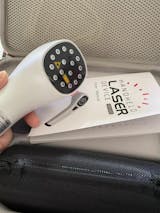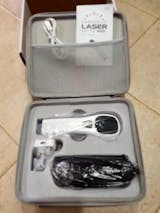Staining of teeth occurs for various reasons. Ingredients found in coffee and tea can discolor the teeth, food dyes or tetracycline antibiotic can also stain the teeth, these stains can be found in the porous structure of the enamel. Smoking also contributes to dental staining, with toxins of tobacco smoke gathering in a similar way. As one gets older, the teeth tend to be stained with buildup of various substances in addition to the enamel slowly eroding to uncover the yellow dentin.
People have different reasons for wanting to make their teeth whiter; most of them want whiter teeth mainly because of beautification purposes, where just as people want a lighter skin tone, people also do want to have a cheerful smile to flaunt so that they can stand out from the rest. Desperately wanting to whiten teeth in a short while, perhaps for some occasion or before a wedding, individuals resort to shortcuts by using commercially accessible whitening solutions, one of which is red light therapy.
Light therapy was first made known to the medical community in the late 1890s as a medium of healing lupus. The treatment was so effective that its originator, Dr. Finsen Niels was given a Nobel Prize in Physiology. In 1917, Einstein hypothesized the first laser. It wasn’t until 1960 that Einstein’s hypothesis was fully realized and the first laser was produced. Albert Einstein’s hypothetical laser paved the way for improvements in numerous fields. This concentrated light paved the way for beneficial applications. Laser therapy utilizes targeted red and nearly-infrared light.
Laser light was futile in producing consistent light, so when the improvements in LED light were made, they allowed for a steady color to be produced. It is the steady color that lends itself to effective light therapy. It was the birth of this LED light therapy that transited to the use of red light therapy for dental purposes.
Red light therapy works because it has a helpful impact on blood circulation and teeth regeneration. This comes in handy when considering the dentin layer of teeth rejuvenating as well as declining gum lines revamping. Basically, red light targets the fragment of the cells responsible for energy production (also known as mitochondria) and makes the process faster. This means if the gums are receding, red light is capable of promoting more circulation and generation of the healthy tissue. Red light therapy has been effectively used to destroy those nasty mouth bacteria that a toothbrush may not clean up and to keep the gums plumped and structured due to healthy circulation.
There are several proposed oral benefits of red light therapy which include reduced tooth sensitivity, improved blood circulation throughout the gums, prevention of receding gum lines, improved bone density, and reduction of inflammation.
HOW RED LIGHT THERAPY WORKS
Red light therapy also known as photobiomodulation, low-level laser therapy or low-power laser therapy works because of the astonishing magnificence of our bodies’ mitochondria. As we were taught in elementary schools, mitochondria are the energy centers of our cells. When our bodies are exposed to the red light, the mitochondria are essentially activated to soak up the light and generate more energy. This is the process by which many persons believe our cells become better and our tissues begin to heal in both our muscles and our skin.
Red light therapy is essentially a new investigation of sorts in the world of oral care. A series of studies are ongoing to introduce a link between the properties of red light and the wellbeing of our teeth and gums. Although the inquiry is still fairly new and progressing, oral health professionals and dentists alike have started to use red light therapy in their practices.
It’s pretty easy to comprehend how it works. Keeping it in layman’s terms, red light has a positive effect on teeth regeneration and blood circulation. This comes in handy when considering the dentin layer of teeth rejuvenating as well as declining gum lines revamping. Basically, red light targets the part of the cells accountable for energy production (also known as mitochondria) and makes the process faster. This means if the gums are receding, red light is capable of promoting more generation and circulation of the healthy tissue.
Red light also has today’s much-coveted hygienic feature that comes with it. It has been perceived that the red light destroys harmful bacteria that would otherwise compromise our oral health. Dentists have often observed that when there is an extreme amount of bacteria present, those bacteria will start to recede. There are certain types of bacteria also known to cause harm to the oral canal, making the red light particularly useful in these cases.
Ummmm yes, please. Nobody wants bacteria in their oral canal! It sounds so technical and frankly, a little weird. Oral canal is just a weird description of the mouth. Red light therapy has done a good job in eliminating those disgusting mouth bacteria that a toothbrush may not clean up and keeping the gums plumped and well-structured due to healthy blood circulation.
Possible Risks
- Gum Irritation: Prolonged exposure to red light may cause irritation to the gums if not properly controlled or if the intensity of the light is too high.
- Tooth Sensitivity: Some individuals may experience increased tooth sensitivity following red light therapy. This sensitivity could be temporary or, in rare cases, persistent.
- Burns: Improper use of red light therapy devices can lead to burns on the oral tissues or the skin surrounding the mouth. This risk is particularly significant if the device is malfunctioning or if the user fails to follow safety instructions.
- Eye Damage: Direct exposure of the eyes to red light can cause damage to the retina. Proper eye protection, such as goggles, should always be worn during red light therapy sessions.
Precautions
- Consultation with a Dental Professional: Before undergoing red light therapy for teeth whitening, it's crucial to consult with a dentist or dental professional. They can evaluate your oral health, assess the suitability of the treatment, and provide personalized recommendations.
- Follow Instructions: Adhere strictly to the instructions provided by the manufacturer of the red light therapy device. This includes guidelines on session duration, distance from the light source, and any other usage instructions.
- Use Protective Gear: Wear protective eyewear to shield your eyes from direct exposure to the red light. Additionally, if any part of the skin needs to be exposed during treatment, ensure it is adequately protected from potential burns.
- Monitor for Adverse Reactions: Pay attention to any adverse reactions such as gum irritation, tooth sensitivity, or skin burns. If you experience any discomfort or unusual symptoms, discontinue the treatment and seek medical advice.
Population Restrictions
- Pregnant Women: Pregnant women should avoid red light therapy unless explicitly approved by their healthcare provider. There is limited research on the effects of red light therapy during pregnancy, so it's best to err on the side of caution.
- Children: Red light therapy may not be suitable for young children, especially without proper supervision. Their sensitive tissues and developing bodies may react differently to the treatment, and potential risks should be carefully considered.
- Individuals with Certain Medical Conditions: People with specific medical conditions such as epilepsy, skin cancer, or photosensitivity disorders should consult with their healthcare provider before undergoing red light therapy. Certain medications or medical conditions may interact with the therapy or increase the risk of adverse effects.
MECHANISMS OF RED LIGHT THERAPY
The mechanisms of red light therapy for teeth whitening primarily involve its effects on cellular processes within the oral tissues, including the enamel, dentin, and surrounding gums. While the exact mechanisms are still being researched, several key processes have been proposed to explain how red light therapy contributes to teeth whitening:
- Stimulation of Mitochondrial Activity: Red light therapy targets the mitochondria within cells, which are responsible for producing energy in the form of adenosine triphosphate (ATP). By stimulating mitochondrial activity, red light therapy enhances cellular metabolism and energy production. This increased energy can promote various cellular processes, including repair and regeneration within the teeth and gums.
- Enhancement of Blood Circulation: Red light therapy has been shown to stimulate vasodilation, the widening of blood vessels, leading to improved blood flow in the treated area. Increased blood circulation brings more oxygen and nutrients to the oral tissues while facilitating the removal of metabolic waste products. This enhanced circulation supports tissue healing and regeneration, which can contribute to a brighter and healthier smile.
- Promotion of Tissue Regeneration: Red light therapy accelerates cellular regeneration and repair processes within the oral tissues. This includes the regeneration of enamel and dentin layers of the teeth, which may help to reduce the appearance of stains and discoloration. Additionally, red light therapy promotes the regeneration of gum tissue, which can improve overall oral health and aesthetics.
- Anti-Inflammatory Effects: Red light therapy possesses anti-inflammatory properties, which can help reduce inflammation in the gums and surrounding oral tissues. Inflammation is often associated with gum disease and can contribute to tooth discoloration. By reducing inflammation, red light therapy may help improve the appearance of the teeth and gums.
- Elimination of Oral Bacteria: Red light therapy has been observed to have antimicrobial effects, including the elimination of harmful bacteria within the oral cavity. Certain types of bacteria can contribute to tooth discoloration and decay. By targeting and eliminating these bacteria, red light therapy may help prevent further staining and maintain oral health.
Red light therapy for teeth whitening operates through a combination of cellular mechanisms that promote tissue regeneration, enhance blood circulation, reduce inflammation, and eliminate oral bacteria. While further research is needed to fully elucidate the specific mechanisms involved, the existing evidence suggests that red light therapy holds promise as a safe and effective adjunctive treatment for achieving whiter teeth and improving overall oral health.
CASES OF SUCCESSFUL WHITENING OF TEETH WITH RED LIGHT THERAPY
A study published in the Journal of Photochemistry and Photobiology B: Biology in 2017 found that combining red light therapy with a hydrogen peroxide-based tooth whitening gel resulted in significantly greater tooth whitening compared to using the gel alone. This study provides evidence of red light therapy potential as an adjunctive treatment for teeth whitening.
Testimonials from patients and practitioners suggest that red light therapy can enhance the efficacy of professional teeth whitening procedures. Patients often report noticeable improvements in tooth color and brightness following treatment. Many individuals have also shared their experiences and results online. These testimonials potential effectiveness of red light therapy for teeth whitening in real-life settings. Users often report gradual but visible improvements in tooth color over time with consistent use of red light therapy.
Social media influencers and celebrities like Huda Kattan, Dr. Dray, and Kylie Jenner have acknowledged the usefulness of red light therapy devices for teeth whitening. Their testimonials and before-and-after photos contribute to the growing awareness and interest in using red light therapy for teeth whitening among the general public.
Transformations as achieved by red light therapy
CONCLUSION
As you’ve read, the promise of red light therapy for achieving whiter teeth is becoming increasingly recognized and embraced within the realm of oral care. Red light therapy operates on the principle of harnessing specific wavelengths of light to stimulate cellular processes within the body. By targeting the mitochondria, the energy powerhouses of our cells, red light therapy enhances cellular function, promotes tissue repair and regeneration, reduces inflammation, and modulates various physiological pathways.
Professional dental treatments augmented with red light therapy have also yielded positive outcomes, with patients reporting noticeable enhancements in tooth brightness and overall appearance. Furthermore, the endorsement and testimonials from social media influencers and celebrities, such as Huda Kattan, Dr. Dray, and Kylie Jenner, contribute to the growing awareness and acceptance of red light therapy for teeth whitening among the general public.
It's essential to acknowledge that red light therapy, like any medical or cosmetic treatment, carries potential risks and considerations. Gum irritation, tooth sensitivity, and burns are among the possible adverse effects if the therapy is not administered correctly. Therefore, consultation with a dental professional, adherence to safety guidelines, and monitoring for any adverse reactions are crucial steps to ensure the safe and effective use of red light therapy for teeth whitening.Top of Form




